In this article, we explore a groundbreaking process jointly developed by Schuler in collaboration with Imperial College London and Hanlei (Guangdong) Technologies. The process goes by the acronym FAST and represents a breakthrough in the way aluminum hot forming is carried out in the industry.
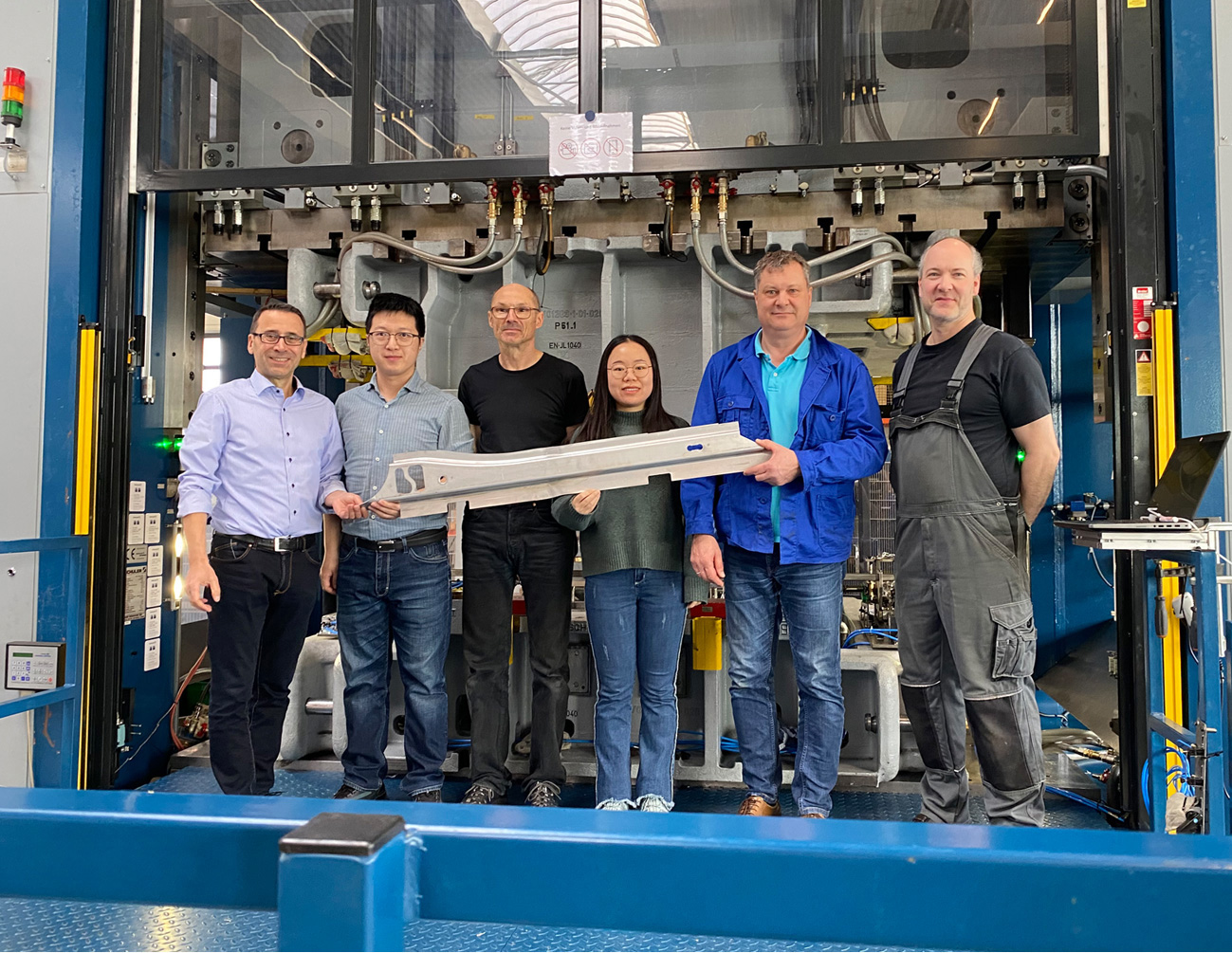
Fig. 1: Team Members from Schuler, Imperial Collage London, Hanlei (Guangdong) Technologies, ACS – Automotive Center Südwestfalen
What is FAST?
FAST, short for Fast light Alloy Stamping Technology, is a pioneering process that saves time, space, money, and energy involved in aluminum hot forming.
The process uses a more efficient heating method and automation to reduce the heating duration to about five seconds from several minutes. Additionally, FAST eliminates the need for pre-treatment and post-treatment of the material.
Pre-treatment is essential in the conventional process as heating increases ductility compared to cold forming. Manufacturers commonly use jet furnaces to heat blanks before they are fed into a die. However, heating can result in the loss of specific properties.
To regain these properties, the parts go through another heat treatment process known as aging. This post-treatment process takes place after forming and can last two to three hours for optimal results. Consequently, a significant amount of energy is dedicated to heat treatment in the traditional process. FAST enables us to circumvent this.
Instead of heating for five minutes, FAST heats the parts for only five seconds. This is a significant advantage. The elimination of pre-treatment and post-treatment not only reduces energy input but also decreases space requirements since separate furnaces are no longer necessary. This reduces the investment cost as the heating is now integrated into the press.
Overall, the FAST process considerably reduces the time and energy involved in forming and eliminates other subprocesses such as pre-treatment and post-treatment.
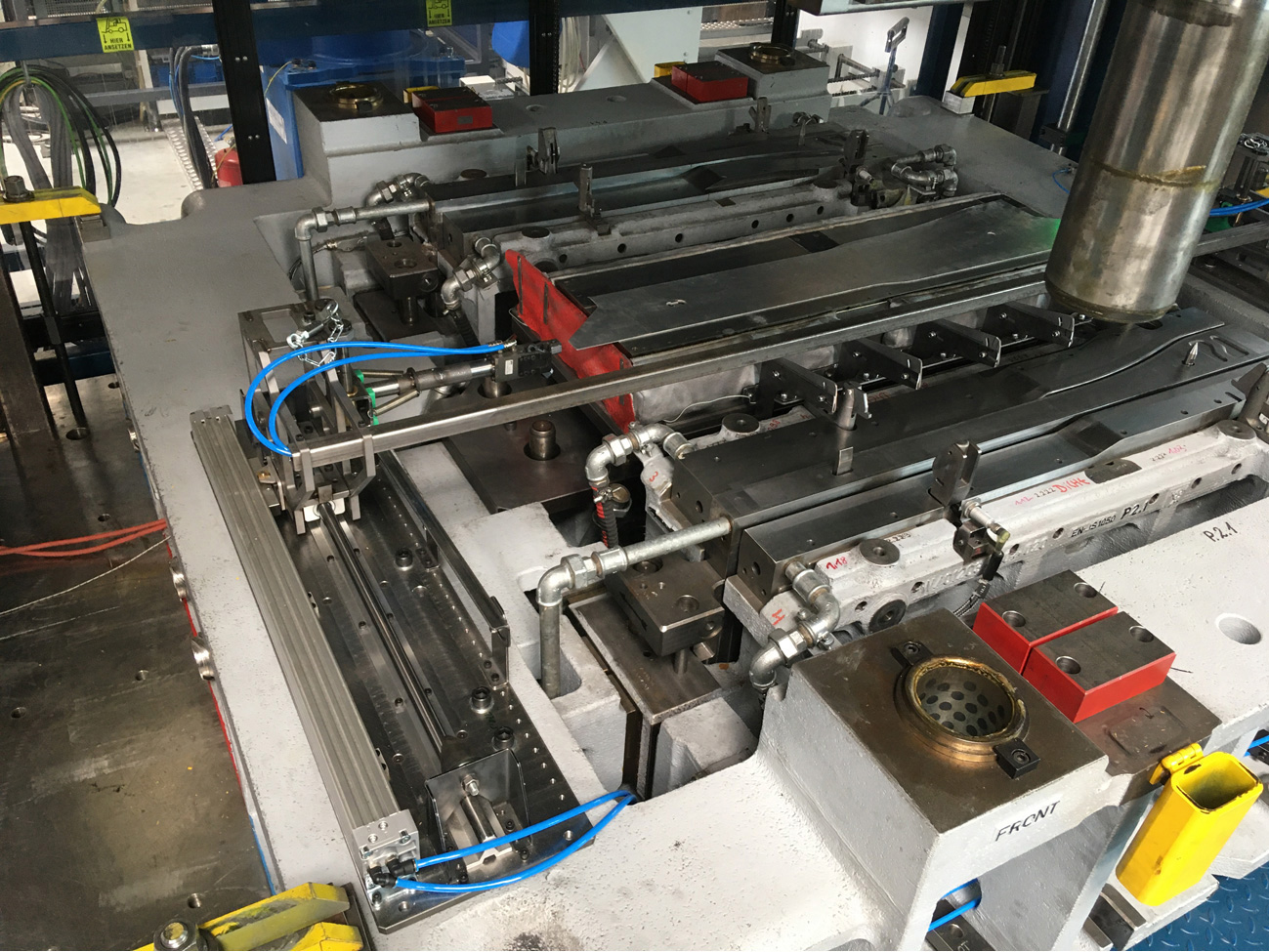
Fig. 2: Total view on lower die with heating stage and forming stage
Why do we need FAST?
FAST can outperform and replace the traditional method of aluminum hot forming.
In the previous section, we discussed how it eliminates the need for pre-treatment and post-treatment. Standalone furnaces are no longer necessary, which can significantly reduce real estate requirements and positively impact the CAPEX of a manufacturing plant.
The reduced energy requirements impact the OPEX positively, especially in Europe where energy costs have risen exponentially over the past three years.
FAST’s ability to reduce cycle times from several hours to 15 seconds enables the plant to manufacture many more parts in the same amount of time. EBITDA and profit margins see a marked increase when plant productivity improves.
Finally, the reduction in carbon footprint can also play a major role in a company’s growth and market reputation. The EU ETS is the largest market of its kind in the world. By reducing the amount of energy input, a company can decrease its carbon emissions, enabling it to trade in its carbon credits for subsidies and cash benefits. As the emissions trading system evolves to become more robust and widespread, the advantages will continue to grow.
How does FAST work?
FAST consists of a hydraulic press with two tools. The first tool carries out the heating process, and the second tool is responsible for forming.
The first tool uses contact heating to quickly raise the blank’s temperature to the processing temperature within three to five seconds, depending on the thickness of the material. In the traditional process, achieving similar temperatures typically takes about five minutes or 300 seconds. This represents a significant advancement in heating efficiency.
Once the heating process is completed, the blank is moved to the second tool using automated transportation. Automation can reduce the transport time to as little as two seconds.
The second tool carries out the forming and cooling operation. Here, the hot blank comes into contact with the forming tool, assumes its shape, and cools down to approximately 60°C. No post-treatment is necessary in FAST.
As you can see, the cycle times in FAST are very low. Within 12 to 15 seconds, the blank enters the press and comes out in the desired shape.
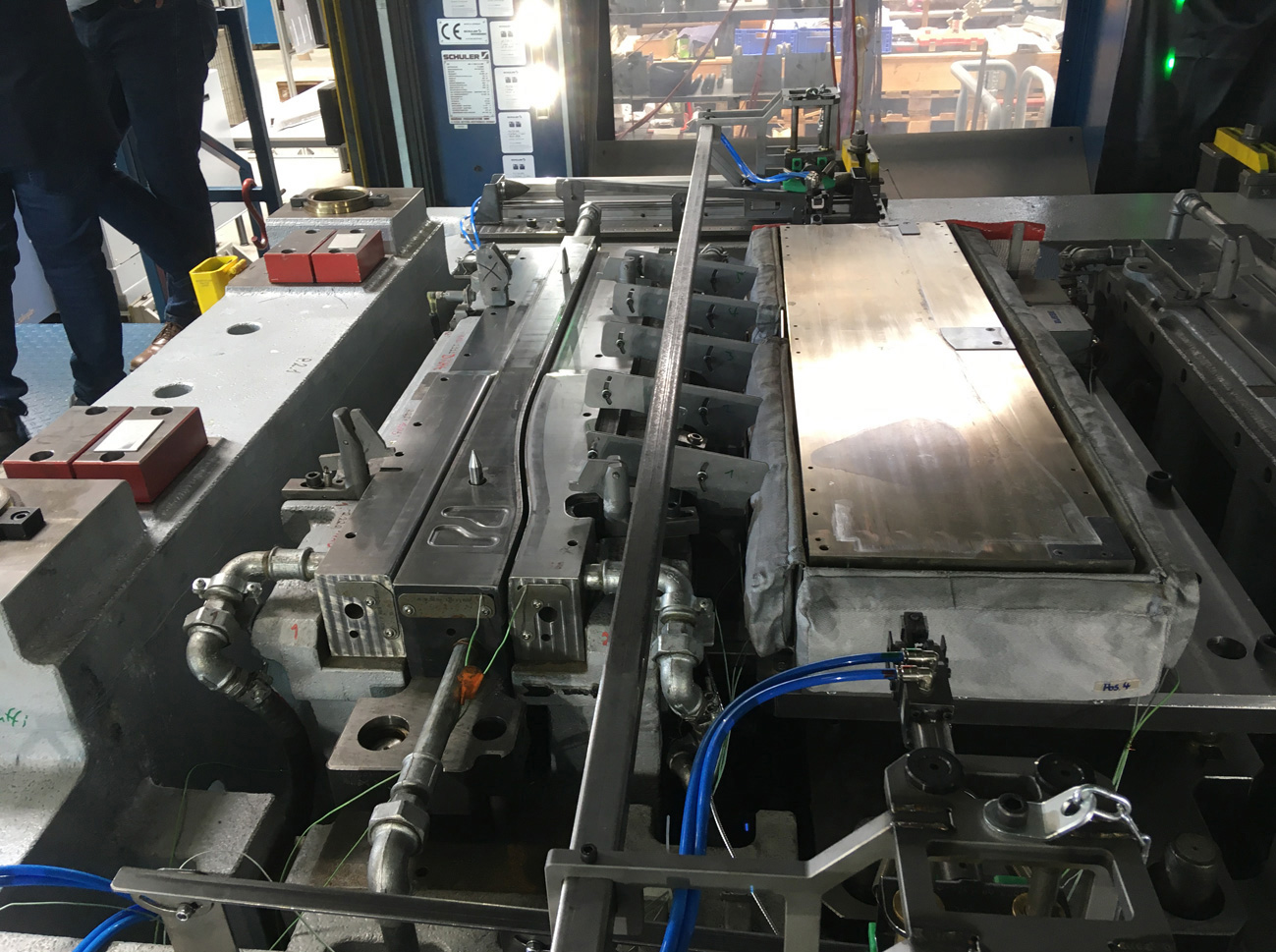
Fig. 3: View on heating stage (right) and forming stage (left)
Challenges in FAST and Schuler’s solutions
While FAST has amazing advantages, it also presents certain challenges, including the following requirements:
1. High process speed and pressure
The FAST process requires rapid heating, transport, and forming operations. Contact heating can significantly increase the heating speed. Once the heating is complete, the material must be promptly transported to the forming tool for the process to succeed. Schuler addressed this challenge by using a 3-axis transfer system to transport the blank, reducing the required time to two seconds.
The process also requires maximum pressures at BDC. To achieve this, Schuler designed the process using hydraulic presses, which is why they prefer that the existing customer presses be hydraulic for integrating FAST.
2. Uniform heat distribution during contact heating
Contact heating heats up a material within seconds. Therefore, the temperature variation across the blank must be minimal to prevent permanent distortion of the blank material.
Schuler engineers aim to keep the temperature difference between any two points on the blank within ten degrees, with 20°C being the absolute maximum. This is achieved through a hydraulic system designed and implemented within the heating station. The heating range is between 300°C and 500°C, depending on various factors such as material properties, lubrication, and part geometry.
3. Good lubrication and compatible lubricant properties
Lubrication is a critical aspect of aluminum hot forming that significantly impacts the final part quality. It is essential to use a compatible lubricant compound and ensure perfect system implementation to achieve desirable results.
Schuler has resolved this challenge using a unique solution that guarantees flawless lubrication. Despite this, Schuler continues to collaborate with Imperial College London, Hanlei (Guangdong) Technologies, and various lubrication suppliers to further enhance the quality of the lubricant and the lubrication system.
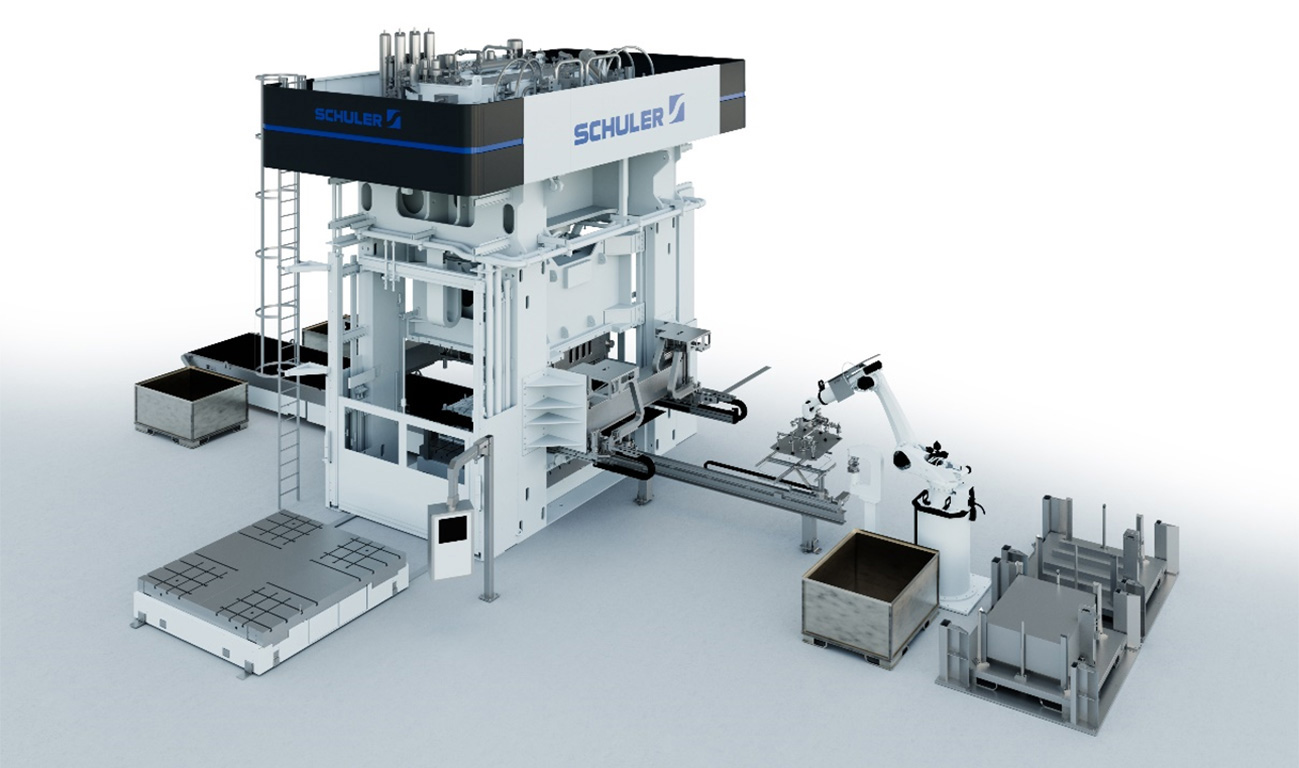
Fig. 4: FAST Press Line
What can customers expect from Schuler?
Interested customers can reach out to Schuler to integrate the FAST system into their existing presses. There are only two conditions for successful implementation:
- Preferably, the press should be of hydraulic type as high power is needed for the contact heating and cooling stages.
- Use of a 3-Axis Transfer System for blank transportation.
Schuler is renowned in the industry for its expertise in designing and building presses and automation. It is also known as a system integrator of various processes and complex production lines in the forming industry. With FAST, Schuler now provides its customers with a comprehensive and optimized aluminum hot-forming process.
The company has partnered with others to offer presses, automation, dies, and heaters. Schuler will directly supply the presses and automation, while the dies and heaters will be indirectly provided through its collaborative partners.
FAST is also easy to pick up; the method planning is done in the same way as steel hot forming. As a result, anyone with experience in steel hot forming will be able to apply the method for aluminum hot forming. Experienced engineers can use simulation software like AutoForm to accurately predict the forming process.
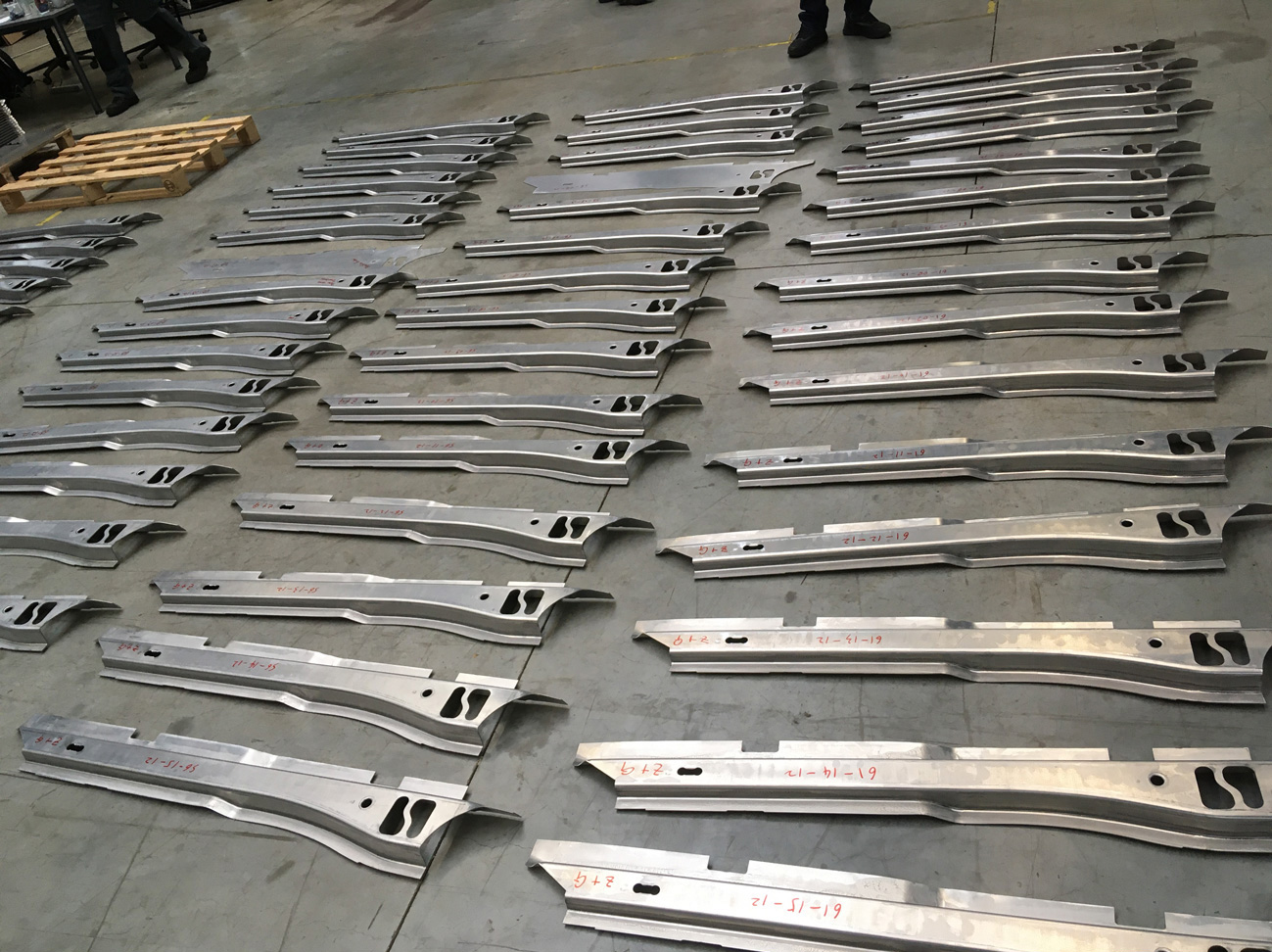
Fig. 5: Parts from endurance test, 600 strokes continuously
Conclusion
FAST hasn’t completely overhauled aluminum hot forming processes. However, it offers specific improvements to the current process. With these modifications, it can compete effectively with other aluminum hot forming processes like Hot Forming Quenching.
By reducing heating time from minutes to seconds and eliminating pre- and post-treatment, FAST offers significant savings in energy, time, and space. The increased efficiency lowers operational costs and boosts plant productivity. Additionally, the carbon footprint is reduced, aligning with contemporary sustainability goals.
Moreover, the process can integrate seamlessly into existing hydraulic press systems. With this wide array of benefits, FAST has the potential to revolutionize the aluminum forming industry.
